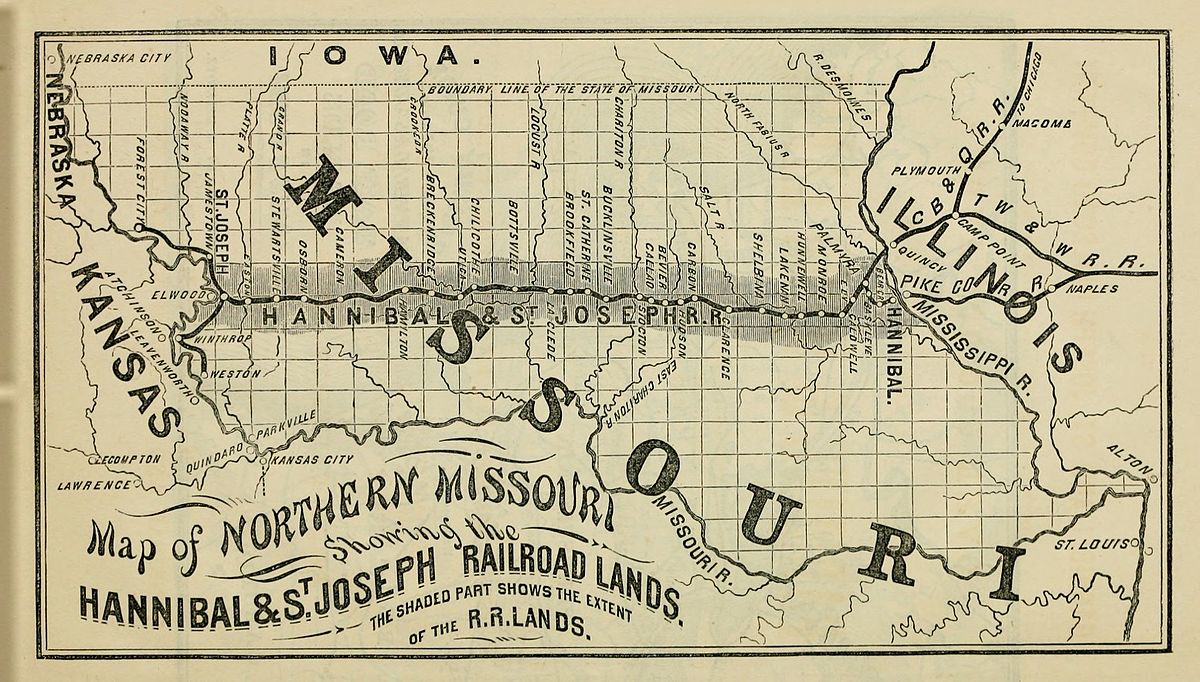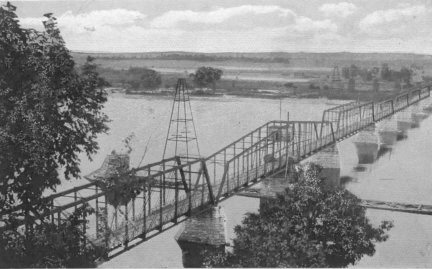Handbook of Missouri – Marion County
Marion County has an area of 434 square miles, embracing 277,760 acres of magnificent lands, with a population of 30,000, and having a Mississippi River front of thirty miles. The river is crossed by two magnificent iron railroad bridges-one of which, in the northern part of the county, being over one mile in length, and … Read more



